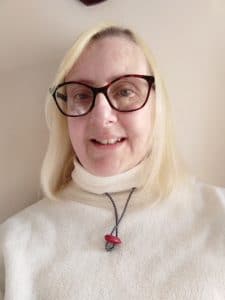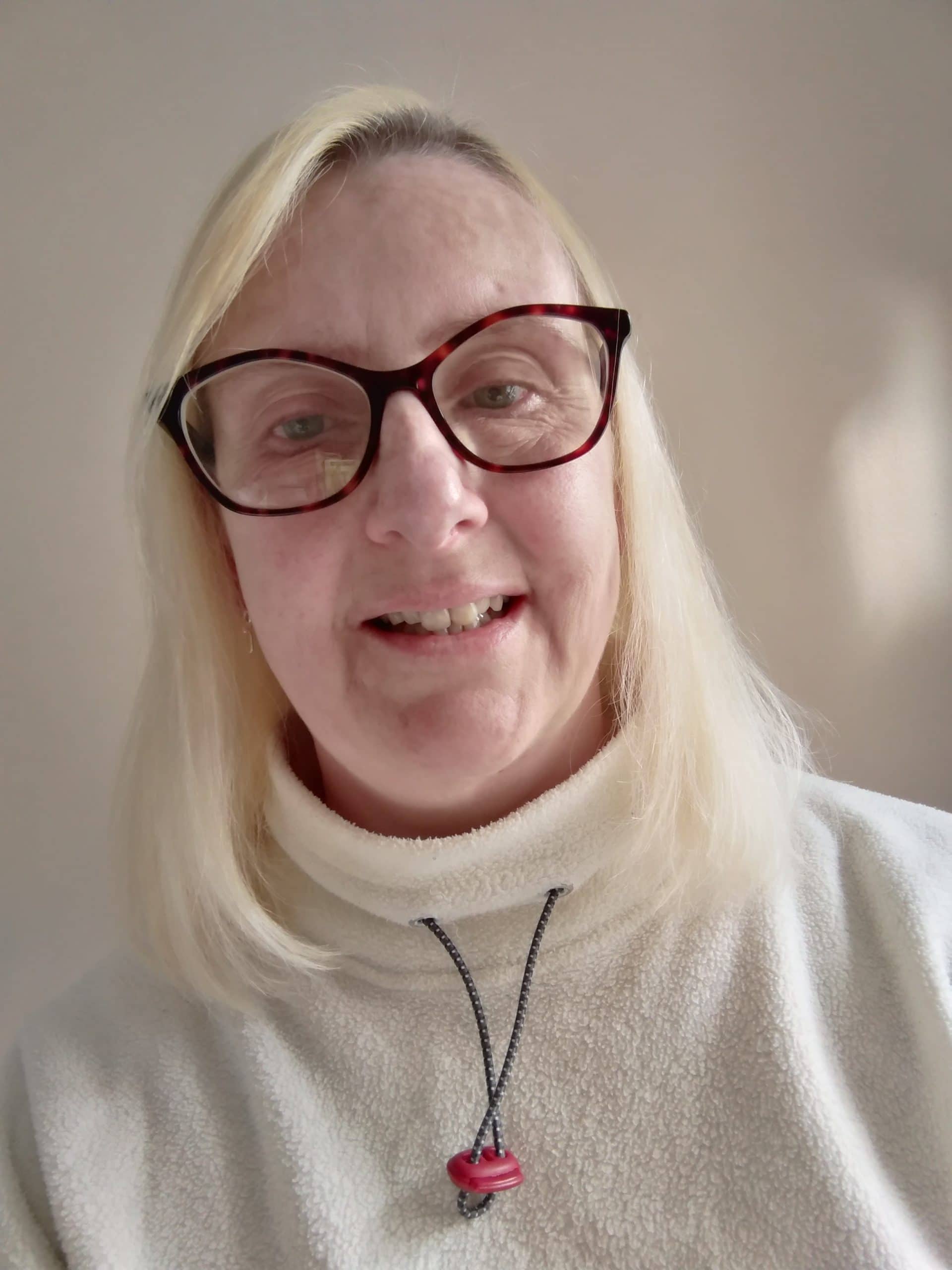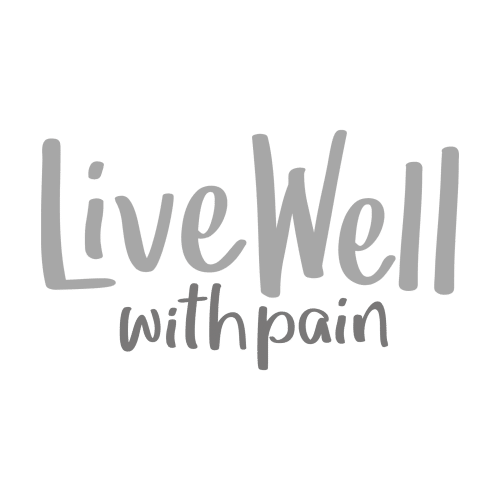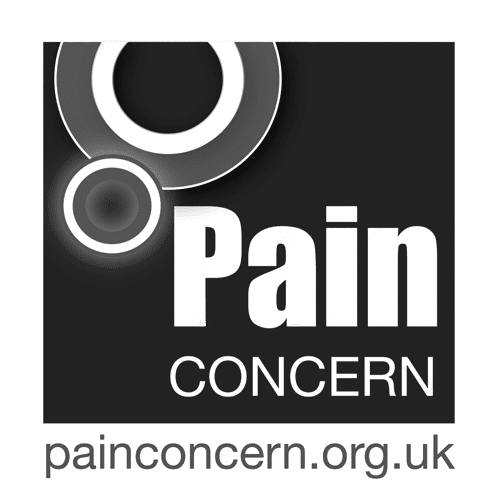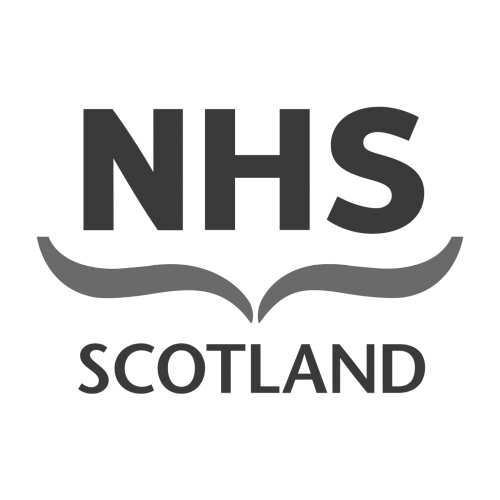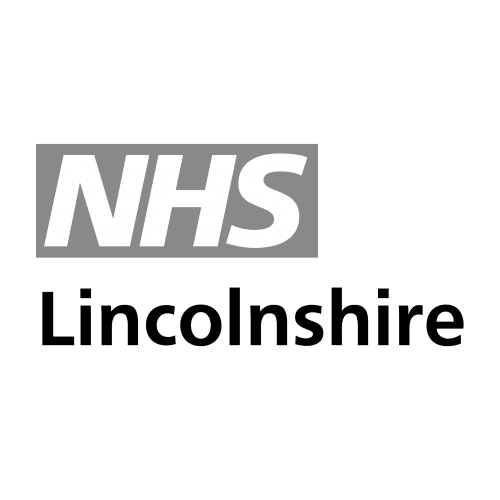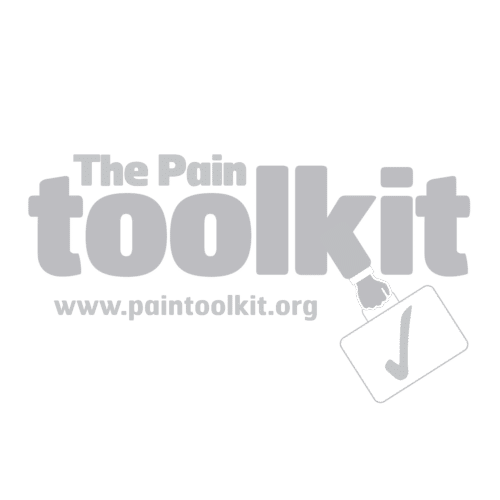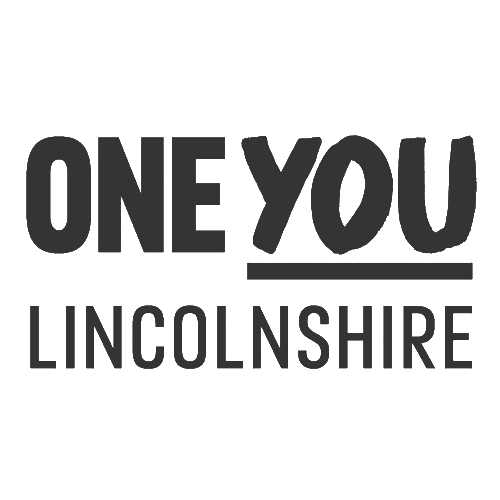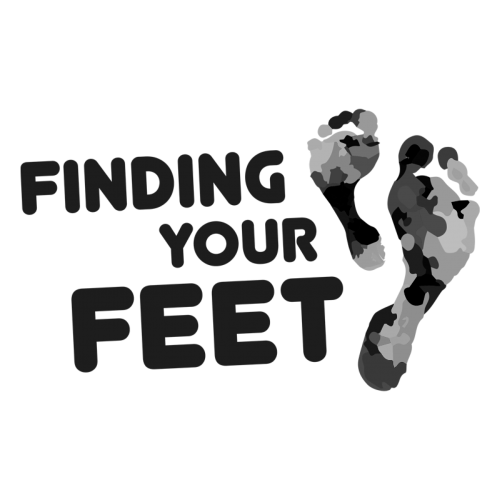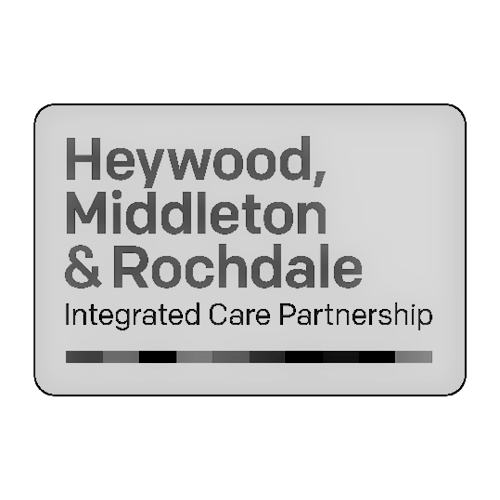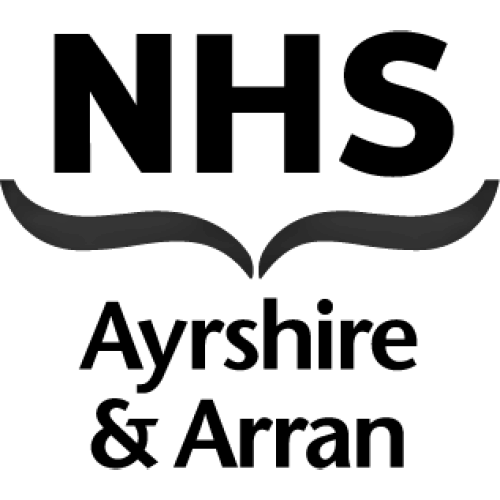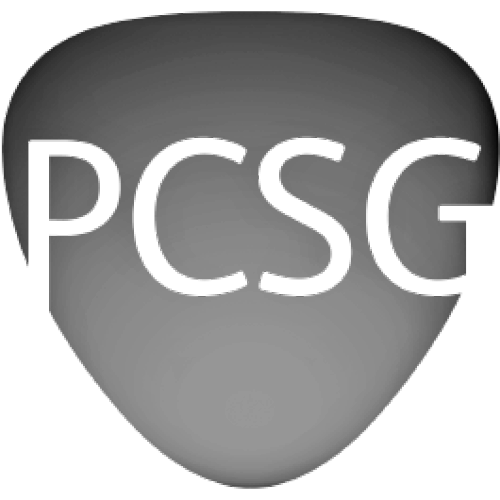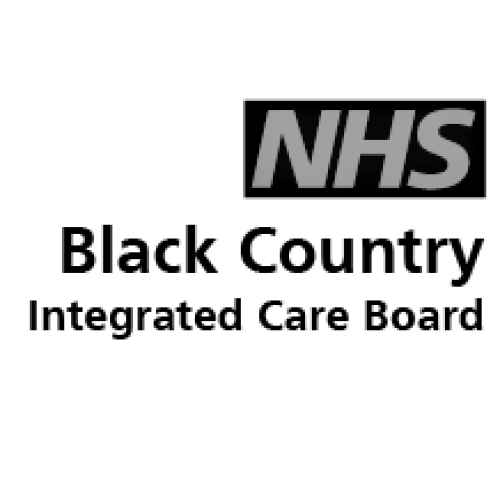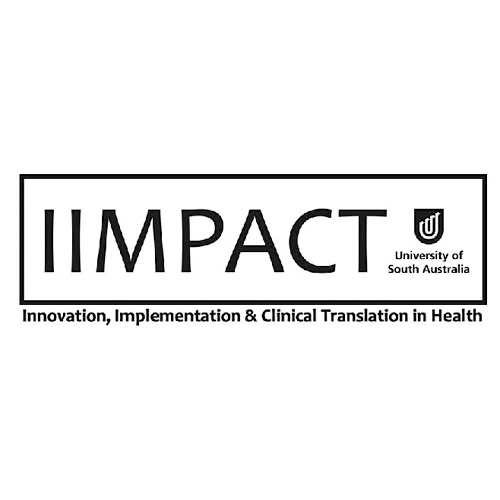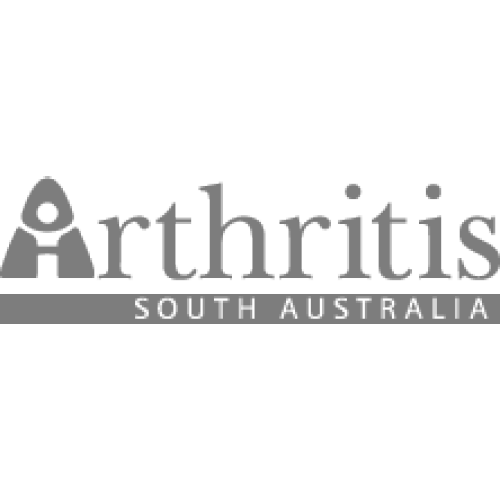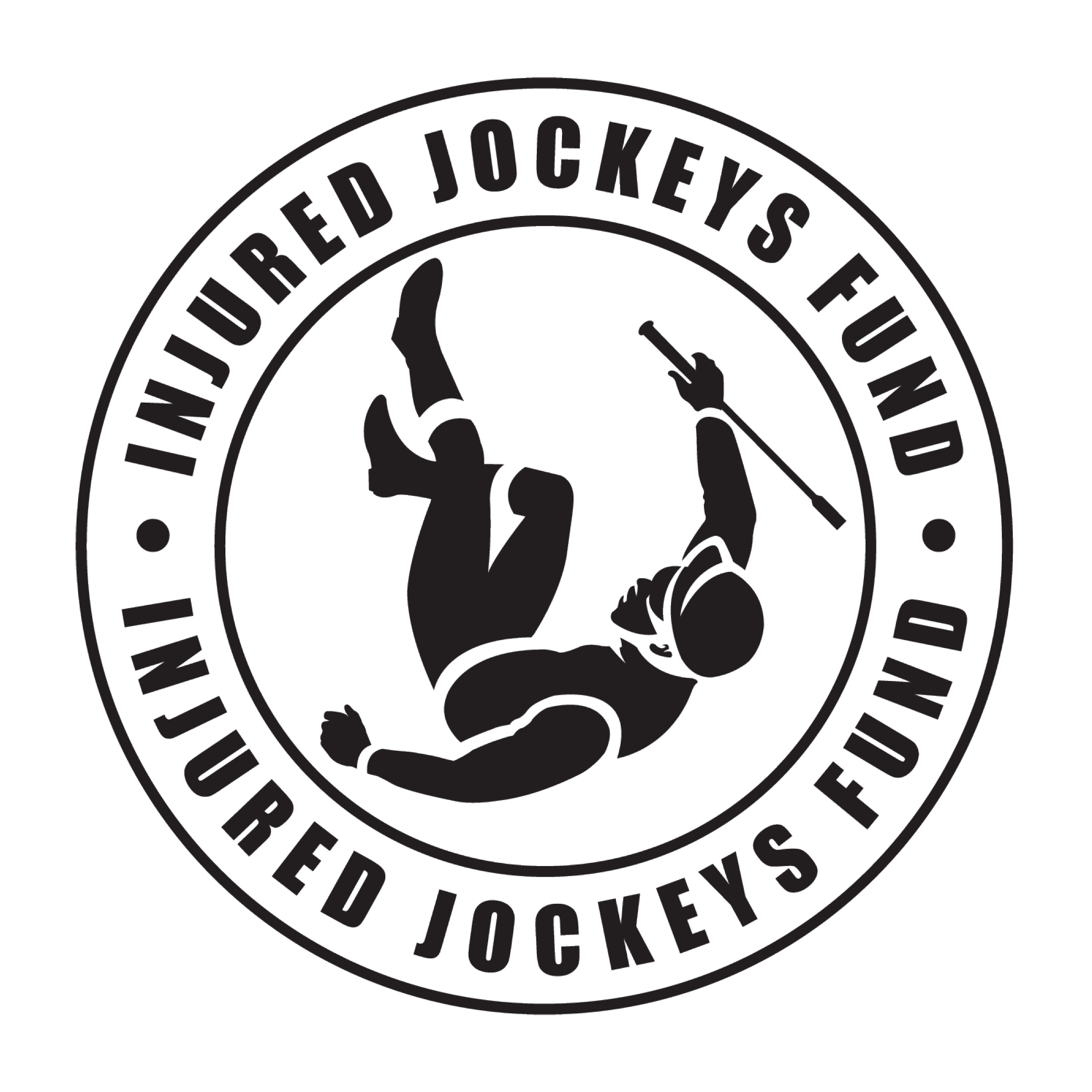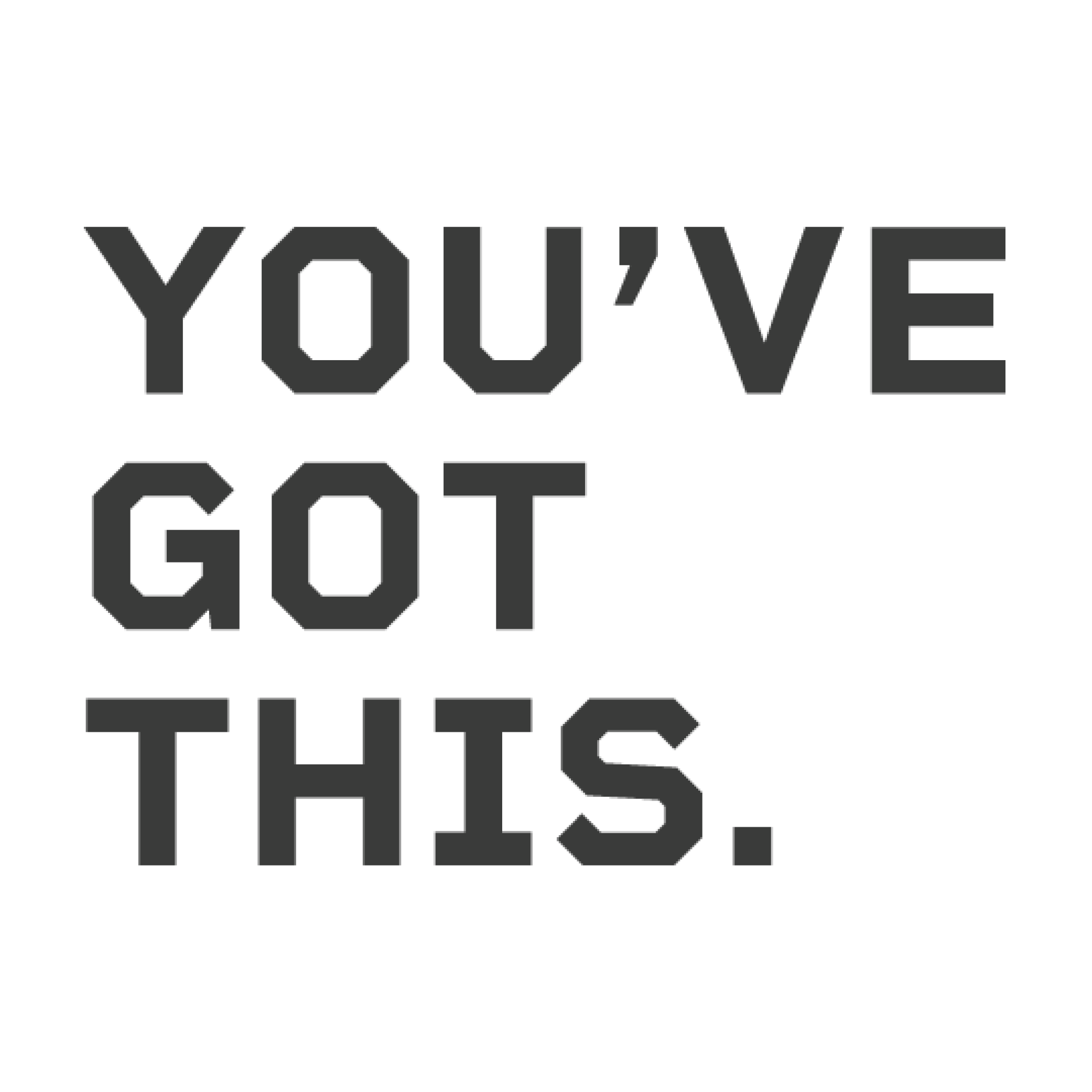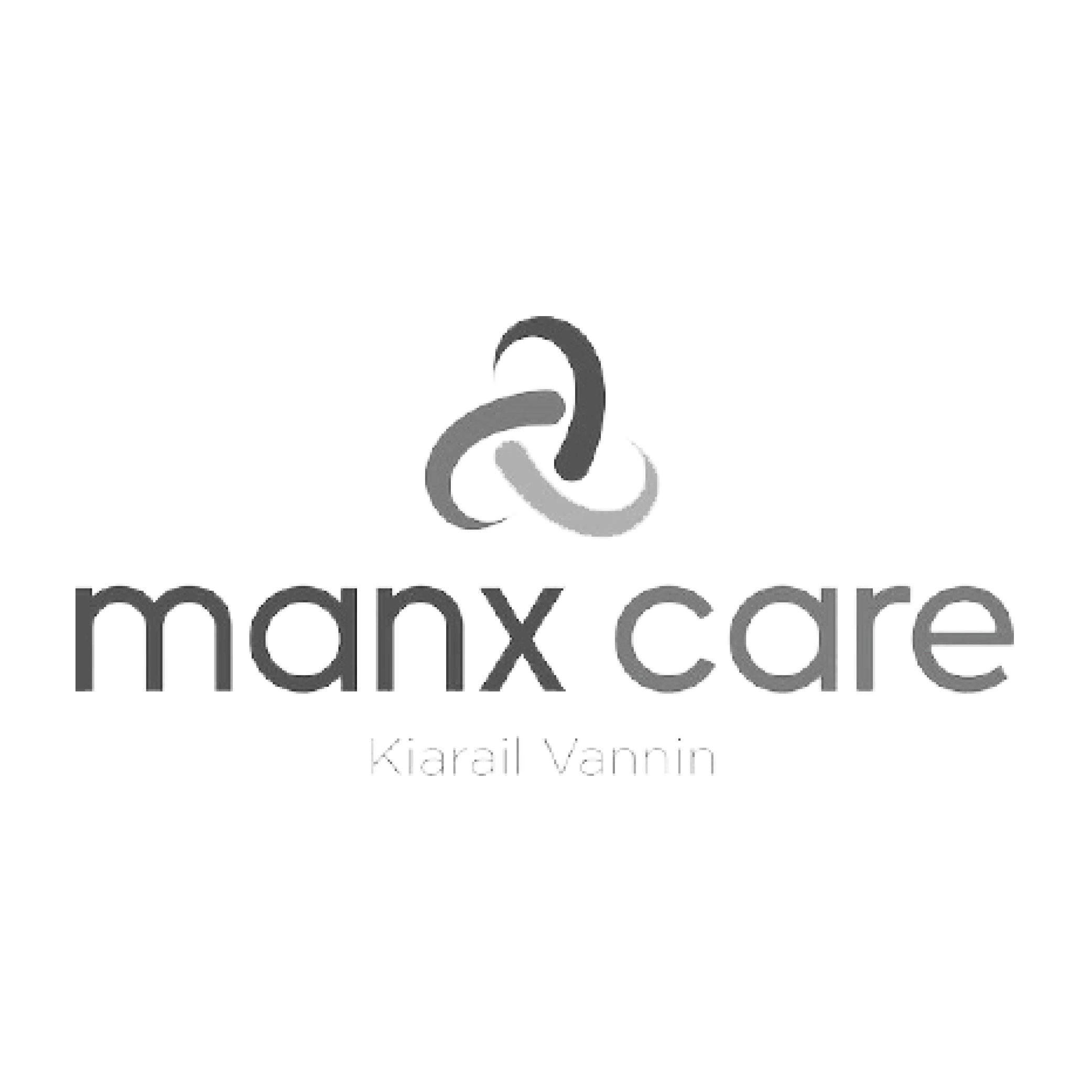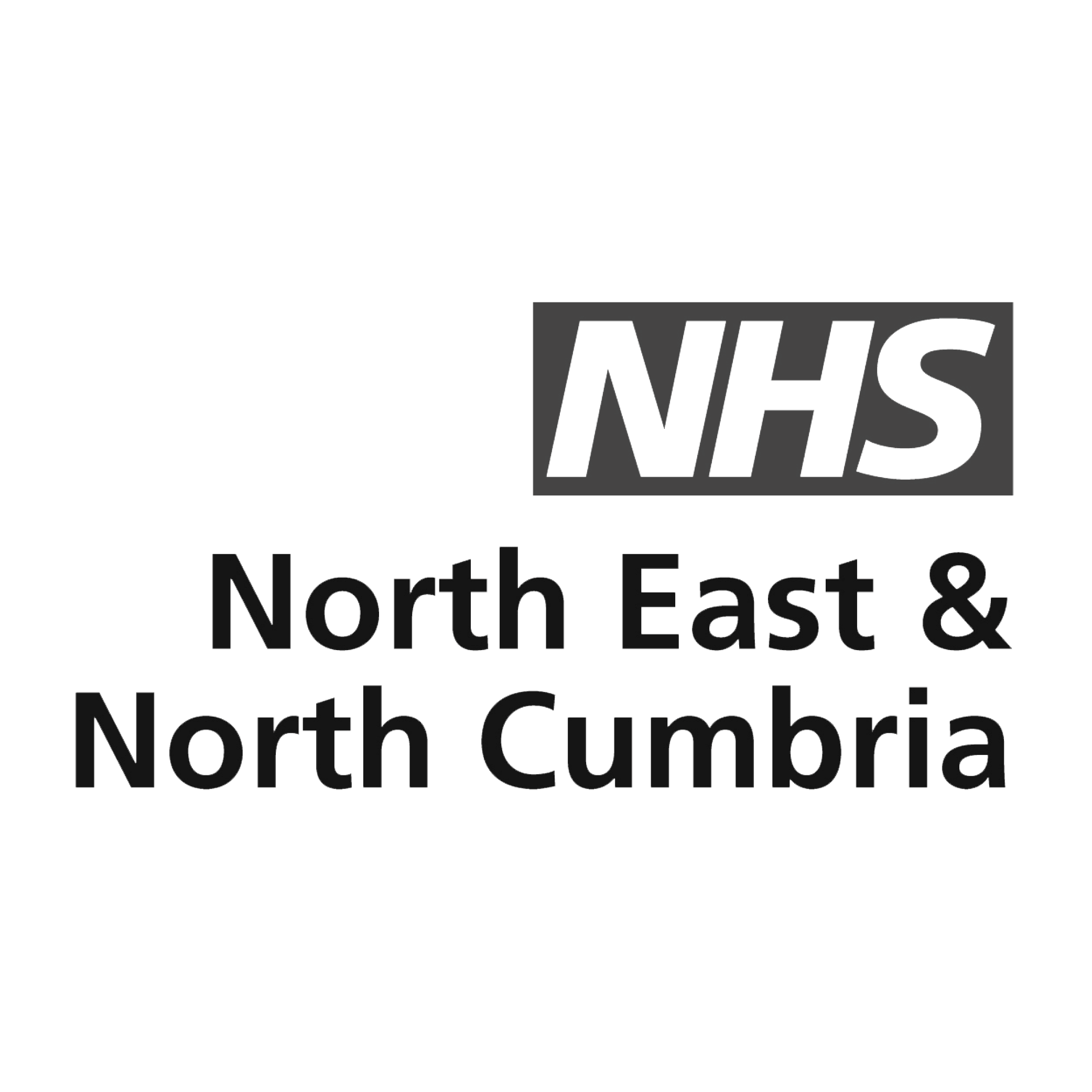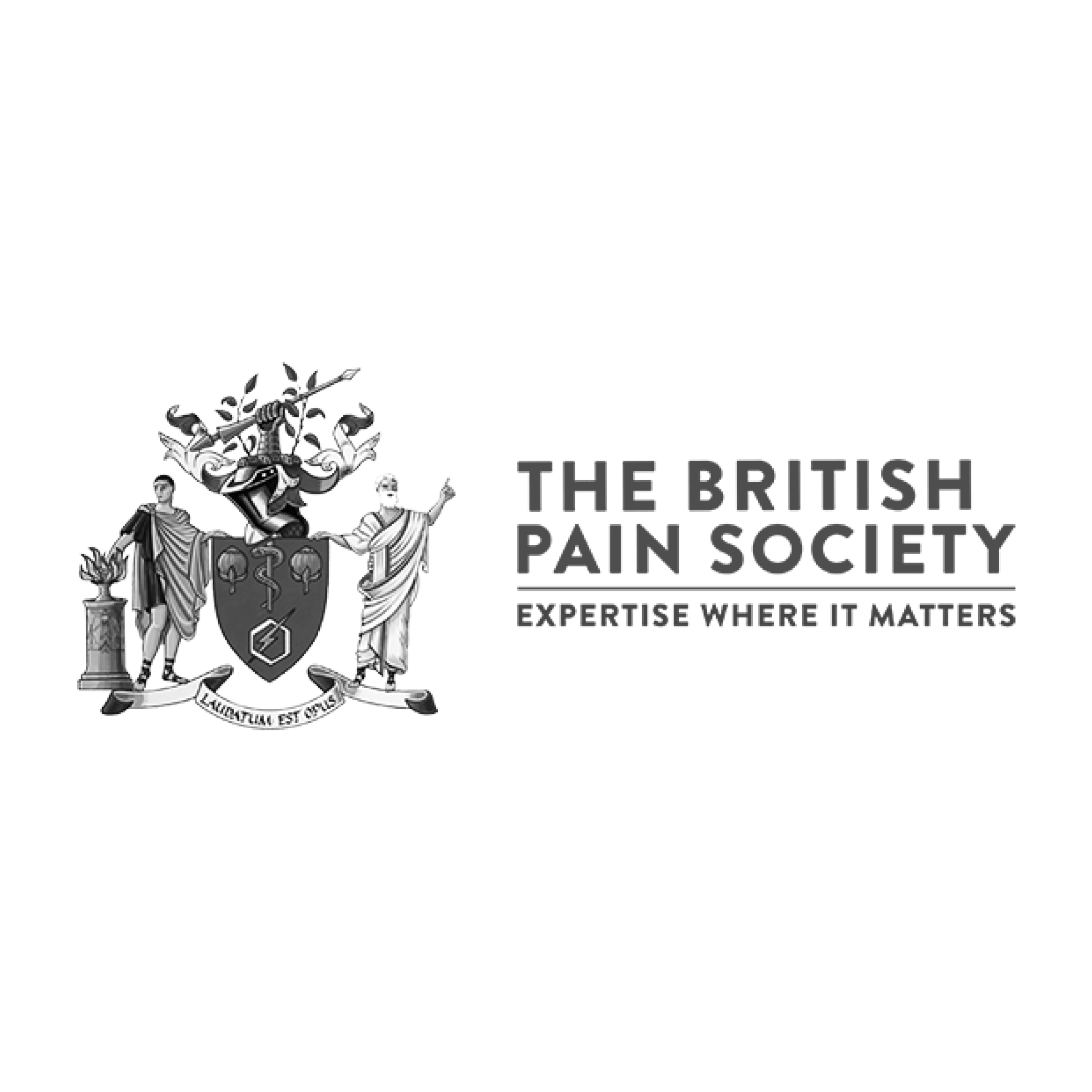Michelle, from Lincolnshire, has Ehlers-Danlos Syndrome. She tells us about her journey with pain - from resentment to understanding and empowerment.
I’ve had issues with pain and illness intermittently since I was young.
However, I didn’t receive a diagnosis until after the birth of my second son in 2004. I’d had periods of illness and pain throughout childhood and my teens intermittently, ranging from joint pain and dislocations to gynaecological issues and digestion problems. As an adult, my GP would refer me to different specialists but looking back no one was considering the problem holistically; everything was treated as an isolated problem.
It was 2015 when things really nose-dived and I had to start learning to cope with chronic pain.
However, after my second son was born I was talking to a Physiotherapist who wondered if I’d ever been diagnosed with Ehlers-Danlos Syndrome (EDS). It was a bit of a lightbulb moment and from then on pieces of the puzzle began to slot into place. At that time of the diagnosis, there were quite big chunks of time where I was well so I was a bit blasé. I led a very active life and generally felt invincible – I could handle managing short bursts of pain.
I had retrained to be a primary school teacher around that time. It was very demanding in a school in quite a deprived area and I started to feel really tired. I saw my GP who diagnosed me as anaemic but couldn’t figure out why.
Then they discovered I’d had a gastric bleed so I had to stop taking my Naproxen (anti-inflammatories) and from then on, I started to get worse. By that point, I was having falls and back and groin pain, as well as my EDS-related knee pain. I don’t know whether it was the teaching stress, stopping the Naproxen, ageing or most likely a combination of multiple things.
Pain was affecting everything by now.
I was off sick from work and I couldn’t cycle because of my leg pain and weakness. It sent me to rock bottom and the realisation that I might not be able to work anymore was really daunting. I admit that at that point I was very resentful and bitter about the whole thing. I’d thought I was invincible up until that point and I never thought any of these things would happen to me.
I felt betrayed by my body.
I’m very anti-labels. I didn’t want to be ‘‘Michelle who’s got EDS’’ and so I really resented the loss of identity that pain brought. It led to periods of depression and anxiety because I didn’t know how I was going to cope, or what the future was going to look like. I was afraid of the unknown.
Following tests and scans, I was told that I had some disc degeneration in my spine and something called a femoral neuropathy following the internal bleeding, which caused sensation changes in my leg. I was then referred to see a specialist for my back and right leg – a combination of joint pain and nerve pain.
The pain specialists started me on rectus sheath injections to help with my pain, but as things progressed I was prescribed more and more pain medication. I vividly remember one consultation where I’d wanted to reduce my medication with a view to returning to driving; I came out of that consultation with more new medicines added to my prescription and no prospect of returning to driving! That starts to pull any hope you might have had out from under your feet. It made me wonder what the point of going to the appointments was.
I was intrigued when I heard about a new Pain Service locally.
I was initially a little dubious and cynical based on my past experience but I was pleasantly surprised; finally I felt like I was being listened to and heard, as well as being treated holistically. They acknowledged that EDS was going to affect all of me and we worked on strategies to manage that rather than dishing out more medication or looking at surgery. I was pleased there were other options.
Traditionally, people expect a healthcare professional to be able to fix their problem – we’re so used to things being done straight away. But some conditions can’t be fixed by surgery or medications. You do have to think about the bigger picture and other strategies.
I’m a perpetual learner.
With something like EDS, you need to be well-informed to be able to work in partnership with healthcare professionals. Even with a confirmed diagnosis like mine, there are options beyond surgery and medications. There are so many other contributing factors to pain than just the structures in our body. With the help of the clinicians in the new local pain service I’ve been able to adjust my medication, though not yet stop it completely.
”I wouldn’t describe myself as a pain survivor, more of a pain challenger.”
I challenge the pain using my strategies of mindfulness, meditation, breathing, a bit of quiet time, heat, cold… different things can help, even slightly.
I can’t cure EDS but I can make it easier to live with.
I watched a video by Prof Lorimer Moseley to do with the over sensitised nervous system. That’s when I started researching his work because I wanted to learn how to dial that alarm system down in myself. I’m keen to look at ways of helping myself. I feel like knowledge has also given me the confidence to question and be frank with healthcare professionals now, which makes me feel empowered.
I’m more accepting now and more content with how things are. I know my limitations and sometimes I’m not 100% every day. Some days I’m at 30%, others 80% but I plan my days so I can spread things out throughout the day. I build in rest periods and relaxation times, I listen to my own body and I’m realistic about what I can do. The big thing is that I’m not fighting my body – if you try and fight it, that tension and angst is exhausting! I’m still an optimistic person and I always start the day thinking ‘‘what can I do today?’’ rather than letting pain write it off straight away.
I’d definitely recommend researching and learning about pain to other people who live with it.
But also know that pain is not your identity. I live with pain but I’m also a mother, a daughter, a sister, a partner. Don’t stop the things you like doing. You may have to do those things differently but focus on what you can, rather than what you cannot do.
''Even with a confirmed diagnosis like mine, there are options beyond surgery and medications.''
There are so many other contributing factors to pain than just the structures in our body. With the help of the clinicians in the new local pain service I’ve been able to adjust my medication, though not yet stop it completely.
I’m more accepting now and more content with how things are. I know my limitations and sometimes I’m not 100% every day. Some days I’m at 30%, others 80% but I plan my days so I can spread things out throughout the day.
